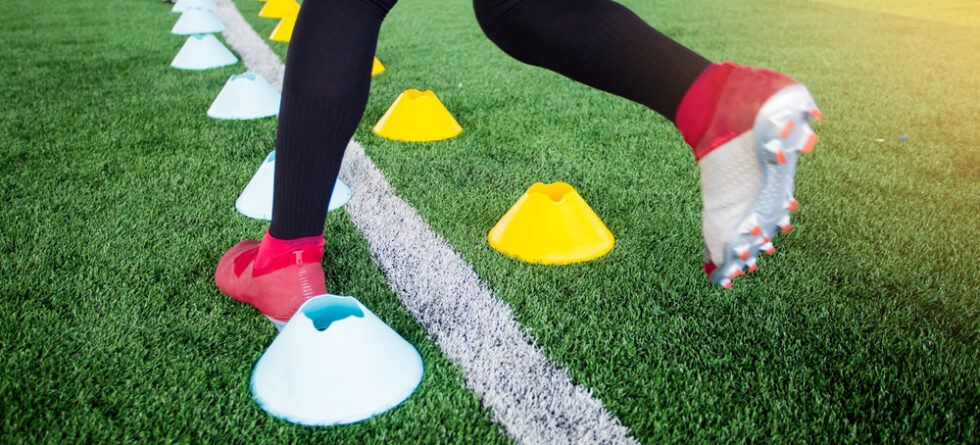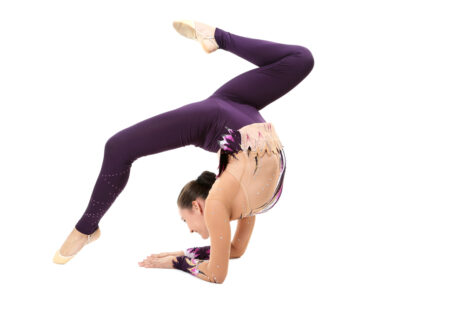Soccer training should be comprehensive and include a combination of technical skills, physical conditioning, tactical understanding, and mental preparation.
Here are some key components to consider when designing a soccer training program…
- Technical Skills
- Ball control – Practice dribbling, passing, receiving, and shooting with both feet.
- Passing and receiving – Work on accuracy, timing, and different passing techniques (short passes, long balls, crosses).
- Shooting – Develop shooting skills from various distances and angles, including volleys, headers, and one-on-one situations.
- Dribbling – Improve close control, change of direction, and dribbling at different speeds.
- First touch – Focus on controlling the ball quickly and effectively to maintain possession or create scoring opportunities.
- Physical Conditioning
- Cardiovascular endurance – Incorporate aerobic exercises such as running, interval training, and small-sided games to improve stamina and fitness.
- Strength training – Include exercises to strengthen the lower body (quadriceps, hamstrings, glutes) and core muscles to enhance stability, power, and injury prevention.
- Speed and agility – Perform drills and exercises to improve acceleration, agility, and quickness on the field.
- Flexibility and mobility – Incorporate stretching and mobility exercises to maintain flexibility and prevent muscle tightness.
- Tactical Understanding
- Position-specific training – Develop an understanding of the roles and responsibilities of different positions on the field (defenders, midfielders, forwards).
- Team tactics – Work on team shape, movement off the ball, defensive organization, and attacking patterns of play.
- Set pieces – Practice corner kicks, free kicks, and throw-ins, both defensively and offensively.
- Game Intelligence
- Decision-making – Train players to make quick and effective decisions under pressure, including when to pass, dribble, shoot, or defend.
- Awareness – Improve spatial awareness, reading the game, and anticipating opponents’ movements.
- Communication – Encourage effective communication among players to coordinate movements, organize the defense, and execute attacking plays.
- Mental Preparation
- Confidence building – Foster a positive mindset and self-belief through encouragement, reinforcement of skills, and goal-setting.
- Focus and concentration – Practice maintaining focus and concentration during training sessions and games, even under pressure or in challenging situations.
- Resilience – Develop mental toughness and the ability to bounce back from setbacks or mistakes during matches.
- Recovery and Rest
- Allow adequate time for rest and recovery between training sessions and games to prevent fatigue and reduce the risk of injuries.
- Incorporate recovery strategies such as proper hydration, nutrition, stretching, foam rolling, and adequate sleep.
- Match Simulation
- Include scrimmage games, small-sided matches, and full-field simulations to replicate game-like situations and allow players to apply skills and tactics learned in training.
- Individual Development
- Provide opportunities for individual skill development and feedback through drills, one-on-one coaching, and video analysis.
- Periodization
- Structure training sessions and phases of the season to include periods of high intensity, tapering, and rest to optimize performance and minimize the risk of overtraining or burnout.
- Enjoyment and Fun
- Foster a positive and enjoyable training environment that encourages creativity, teamwork, and a love for the game.
By incorporating these elements into a well-rounded training program, players can develop the skills, fitness, tactical understanding, and mental resilience necessary to excel in soccer. Also, training should be tailored to the age, level, and goals of the players, with ongoing evaluation and adjustments to maximize individual and team development.




